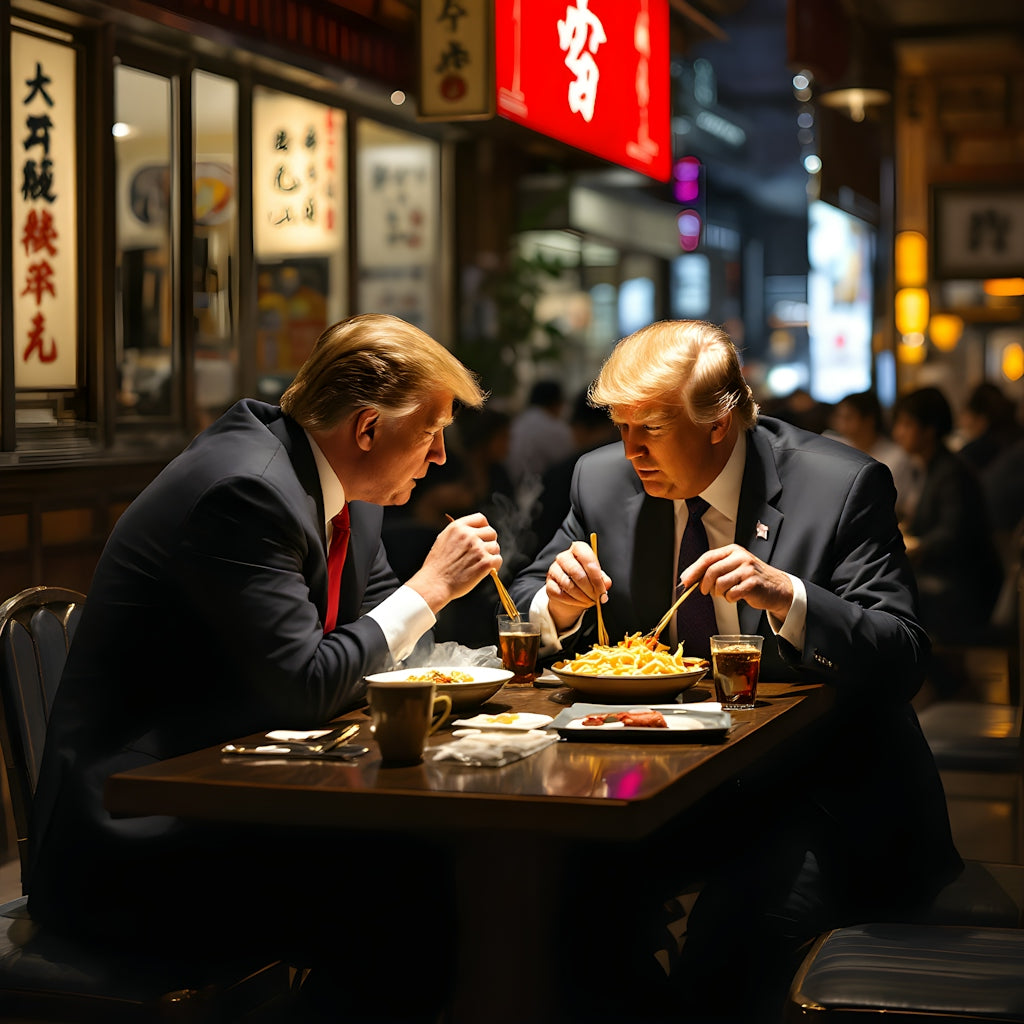The world of image generation engines has undergone a dramatic transformation in recent years, and 2025 marks another pivotal point in this evolution. From groundbreaking advancements in realism to the seamless integration of these tools into various platforms, understanding the current state of image generation engines like Midjourney and Flux is crucial for creators, marketers, and technology enthusiasts alike. This blog post will delve into the current capabilities, trends, and what the future holds for these powerful AI tools, providing you with valuable insights into this exciting space.
The Reign of Powerful Image Generation Engines

Image-generation engines are now capable of producing stunningly realistic and imaginative visuals from simple text prompts. These AI-powered tools have democratised content creation, allowing individuals and businesses to generate unique images without the need for extensive design skills or stock photo libraries. In 2025, we are witnessing a refinement of these core capabilities, with engines focusing on:
-
Enhanced Realism and Detail: The gap between AI-generated images and real photographs continues to narrow. Expect to see engines producing images with even finer details, more accurate lighting, and a greater understanding of complex compositions.
-
Improved Control and Customisation: Users now have more granular control over the output, with advanced prompting techniques and parameters allowing for precise adjustments to style, composition, and specific elements within the image.
-
Faster Generation Times: Efficiency is key, and the latest iterations of image generation engines are significantly faster, enabling quicker iteration and a more fluid creative process.
Midjourney: Setting New Benchmarks

Midjourney has consistently been at the forefront of image generation engines, known for its artistic and often surreal outputs. As we move through 2025, Midjourney continues to innovate. Notably, Media Futura is set to integrate the highly anticipated Midjourney V7 into their proprietary solution by mid-2025. This integration promises to bring even more advanced features and capabilities to users of the Media Futura platform, likely including:
-
Higher Resolution Output: Expect V7 to generate images with significantly higher resolutions and detail.
-
Greater Coherence and Understanding of Prompts: The new version is likely to have an even better understanding of complex and nuanced prompts, leading to more accurate and imaginative results.
-
New Artistic Styles and Options: Midjourney is known for its diverse artistic capabilities, and V7 is expected to introduce new styles and options for users to explore.
Flux and Other Contenders

While Midjourney remains a dominant force, other image-generation engines like Flux are also making significant strides. Flux, for example, might be focusing on specific niches or offering unique features such as:
-
Specialised Output: Some engines might specialise in generating specific types of images, such as product mockups, architectural visualisations, or character designs.
-
Integration with Specific Platforms: Certain engines might offer seamless integration with specific design software or workflows.
-
Emphasis on Speed and Efficiency: Some platforms might prioritise rapid image generation for high-volume applications.
The competitive landscape of image generation engines ensures continuous innovation and a wider range of options for users with diverse needs.
Multimedia Suggestion:
-
Include a visually striking image generated by Midjourney V6 (since V7 is not yet publicly available) showcasing its current capabilities. Add alt text: "Stunning AI-generated image showcasing the power of Midjourney image generation engine."
-
Consider a chart comparing the key features (e.g., resolution, speed, style options) of Midjourney and other prominent image generation engines like Flux (if specific details about Flux's 2025 capabilities are available).
The Impact Across Industries
The advancements in image generation engines are having a profound impact across various industries:
-
Marketing and Advertising: Creating compelling visuals for campaigns, social media, and websites has become faster and more cost-effective.
-
Content Creation: Bloggers, writers, and online creators can easily generate unique illustrations and graphics to enhance their content.
-
Gaming and Entertainment: Concept art, character design, and even in-game assets can be rapidly prototyped and created.
-
E-commerce: Generating product mockups and lifestyle images is becoming increasingly streamlined.
Looking Ahead: The Future of Image Generation

The future of image generation engines in 2025 and beyond looks incredibly promising. We can anticipate further advancements in:
-
Multi-modality: Engines that can understand and generate images based on a combination of text, images, and even audio inputs.
-
Enhanced Editing Capabilities: More sophisticated in-painting, out-painting, and image manipulation features directly within the generation engine.
-
Deeper Integration: Seamless integration into a wider range of software and platforms, making these tools more accessible than ever.
The state of image generation engines in 2025 is marked by significant advancements in realism, control, and speed. With the upcoming integration of Midjourney V7 into Media Futura and the continued evolution of platforms like Flux, the possibilities for creative expression and content generation are expanding rapidly. Staying informed about these developments is essential for anyone looking to leverage the power of AI in the visual realm.
Sign up with Media Futura and get your very own private access code.
Interested in testing out other AI models? – Head over to Media Futura



